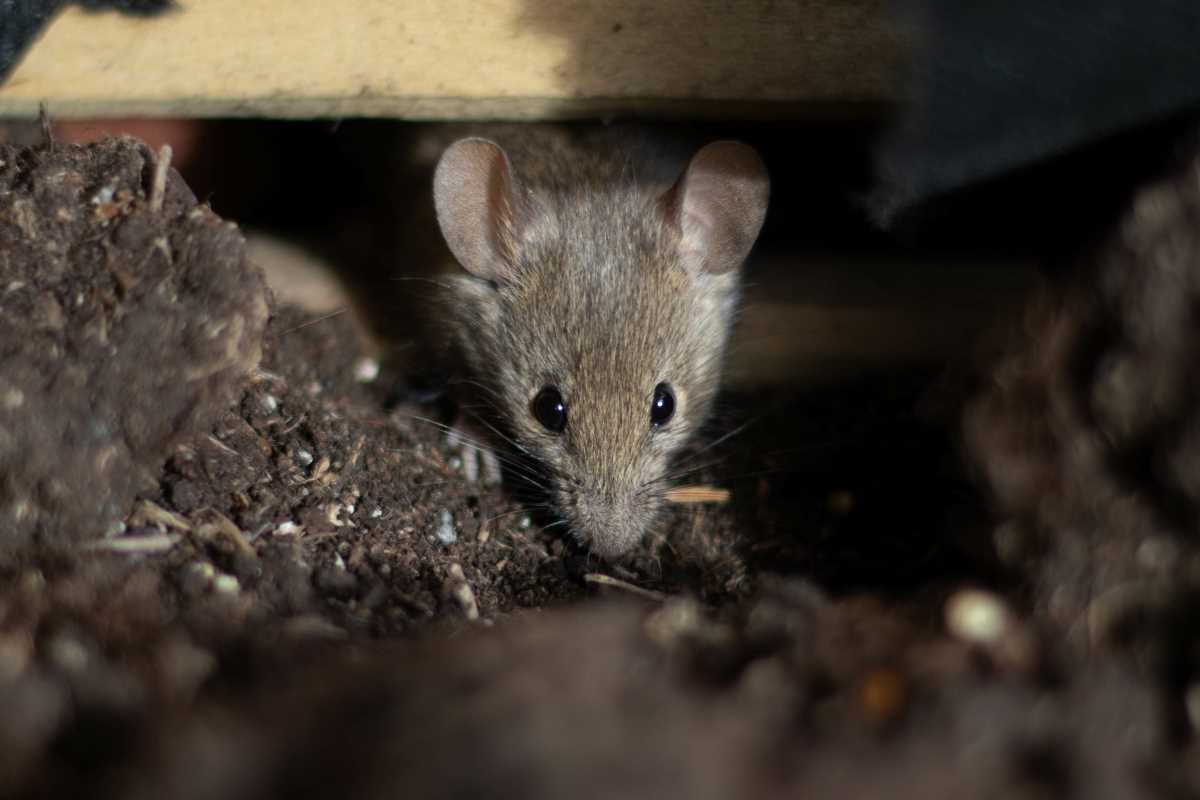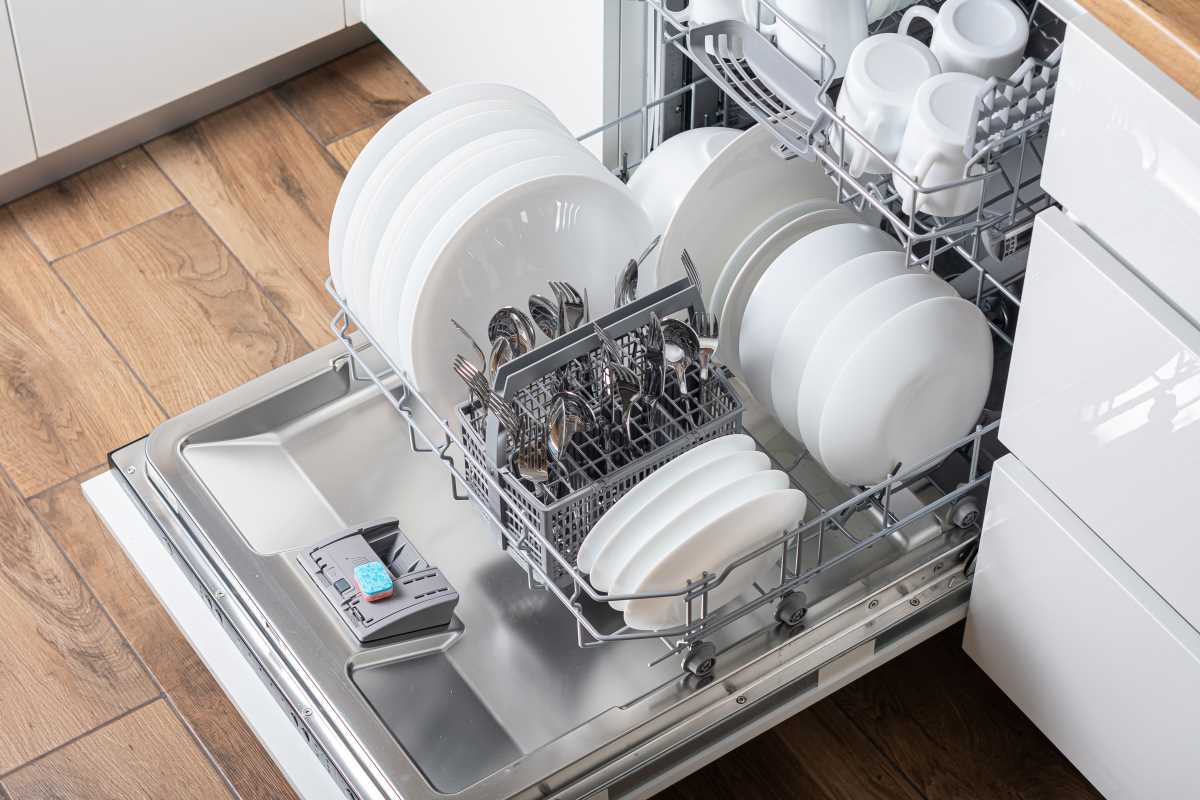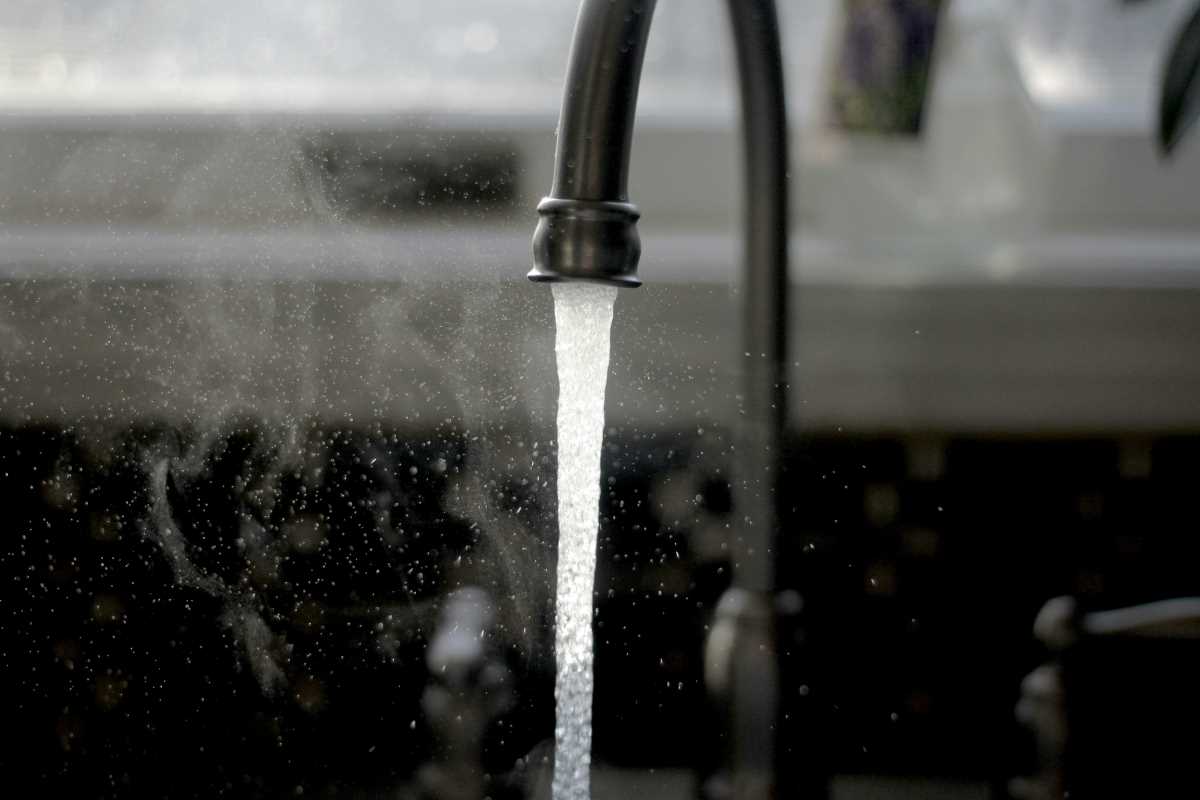Every season has its own charm, but it also brings unique challenges when it comes to pest control. The change in weather conditions causes pests to behave differently, often seeking shelter, food, or water inside homes. From ants during warmer months to rodents bracing for winter, seasonal pest activity can disrupt household comfort and, in some cases, pose risks to health and property. Proactively managing these pests through strategic prevention and timely intervention can save you from frustration and costly damages. Understanding what to expect in each season and how to handle it effectively is the key to maintaining a pest-free home year-round.
Springtime Awakening and Pest Activity
Spring is a season of renewal, and unfortunately, this also applies to many pests. As temperatures rise and plants begin to bloom, you’ll notice increased activity from insects and other critters coming out of winter dormancy. For many pests, spring marks the start of their breeding season, leading to an uptick in populations and the potential for infestations.
Ants are particularly common during spring, as they emerge to forage for food and establish new colonies. You might find long trails of ants in your kitchen or pantry, drawn by crumbs and accessible food sources. Carpenter ants, in particular, can be a concern as they don’t just forage but can damage wooden frameworks in your home while creating nests.
Mosquitoes also start appearing in spring, especially in areas with standing water. Since spring showers can create ideal conditions for mosquito eggs to hatch, it’s essential to manage water buildup around your property.
Termites are another critical pest during spring, as this is when they swarm in search of new locations to establish colonies. If you notice swarms of what look like winged ants or discarded wings near entry points, it’s a warning sign of termite activity that requires immediate attention.
To combat spring pests, start by inspecting your home’s foundation, windows, and doors for potential entry points. Sealing cracks and keeping food stored in airtight containers can prevent ants from getting comfortable in your kitchen. Removing standing water outside, like in clogged gutters or uncovered buckets, helps reduce mosquito breeding grounds. For termites, a yearly inspection by pest control professionals is often the best preventative measure.
Summertime Heat and Pest Pressures
Summer is peak season for many pests, as high temperatures and abundant food sources create ideal living conditions. While it’s a time for outdoor activities, pests can make it challenging to enjoy your yard and even invade your home.
Mosquitoes reach their peak in summer, thriving in humid conditions and biting more frequently. Their presence can turn evenings on the patio into a battle and, more concerningly, they can carry diseases like West Nile virus and Zika virus. Effective mosquito control often involves professional treatments, as these target both larvae and adult mosquitoes to limit their numbers.
Bees and wasps are also active, drawn to flowering plants and outdoor eating areas. While they play critical roles in pollination, wasps can become aggressive around food or when their nests are disturbed. If you spot nests near entryways or recreational areas, it’s important to handle removal safely, often with professional help to avoid accidental stings.
Flies are another nuisance in summer, especially houseflies and fruit flies. They’re drawn to food waste and improperly sealed garbage, leading to hygiene concerns. Keeping trash bins tightly covered and cleaning up spills promptly can help minimize their presence.
Ticks become more active during summer and are especially concerning for their potential to spread Lyme disease and other illnesses. Preventative measures like trimming overgrown grass and wearing protective clothing during outdoor activities are vital. Applying tick-repellent treatments in your yard is another effective step.
Fall and the Search for Shelter
Fall’s crisp air and dropping temperatures signal the end of summer’s pest frenzy, but it also marks the start of a new set of challenges. Many pests begin preparing for winter, seeking warm shelter inside homes. This season requires vigilance to prevent pests from establishing themselves indoors.
Rodents like mice and rats are especially active in the fall as they look for warmth, food, and nesting sites. They can squeeze through surprisingly small gaps and often take up residence in basements, attics, or behind walls. Once inside, they chew through wires, damage insulation, and contaminate surfaces with droppings. Setting traps or using bait stations can address minor infestations, but professional help is usually needed for larger problems.
Spiders are also more noticeable in fall, as some species seek to stay close to humans for warmth or food. Although most spiders are harmless, homeowners often find them unsettling. Regular cleaning, including vacuuming corners and under furniture, helps remove spider webs and eggs, reducing their chances of staying put.
Stink bugs are a common fall invader in some regions, particularly seeking warm places to overwinter. While they don’t pose a risk to health, their foul odor can be unpleasant if they’re crushed or disturbed. Preventing entry by sealing cracks and repairing window screens keeps stink bugs out of your living spaces.
Winter and Indoor Pests
Winter may seem like a reprieve from pests due to the cold, but it’s also the time when indoor infestations start becoming apparent. With outdoor temperatures dropping, pests that made their way inside during the fall are often more active indoors, causing noticeable disruptions.
Rodents remain the top concern during winter, as they’ll use the cooler months to build nests and find steady food sources. Their presence may become more obvious, with visible droppings, chewed packaging, and scratching sounds within walls. Regular inspections of storage areas, such as garages and basements, can help catch early signs of infestations.
Cockroaches can also thrive indoors during winter. Drawn by warmth and access to food, they can quickly multiply in kitchens, crawl spaces, or bathrooms. Their ability to hide in hard-to-reach areas makes them challenging to eliminate without professional treatment. Keeping surfaces clean, removing clutter, and sealing off access points are essential to containing cockroach activity.
Pantry pests, such as meal moths or weevils, may take refuge in stored food items during the colder months. Regularly checking and rotating pantry supplies can help catch infestations early. If these pests are found, disposing of contaminated food and cleaning storage areas thoroughly is necessary.







